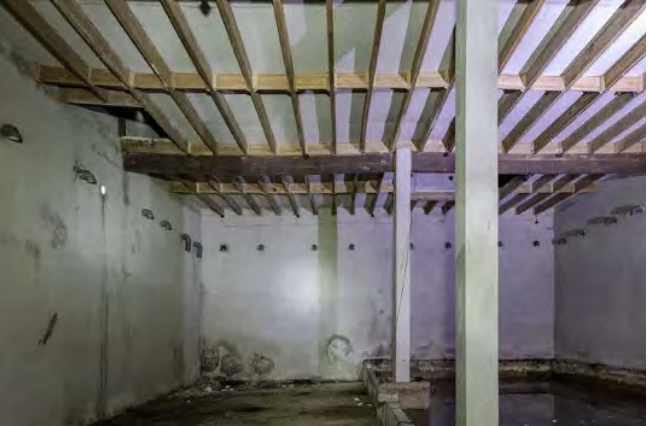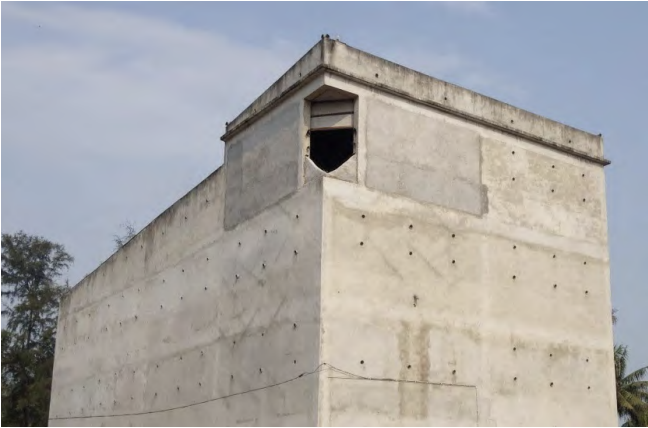Our bird’s nests are carefully cleaned and sanitized to the highest hygiene
standards. After harvest, they are meticulously sorted, washed naturally, and
air-dried in a controlled environment to ensure purity and safety. This process
guarantees that each nest is clean and ready for consumption.
STEP 01
Collection & Grades
Collecting and grading bird’s nest involves strict procedures to ensure quality and safety throughout the whole process. Our harvesting locations of bird's nests consists of specially constructed nesting houses where swiftlets build their nests.
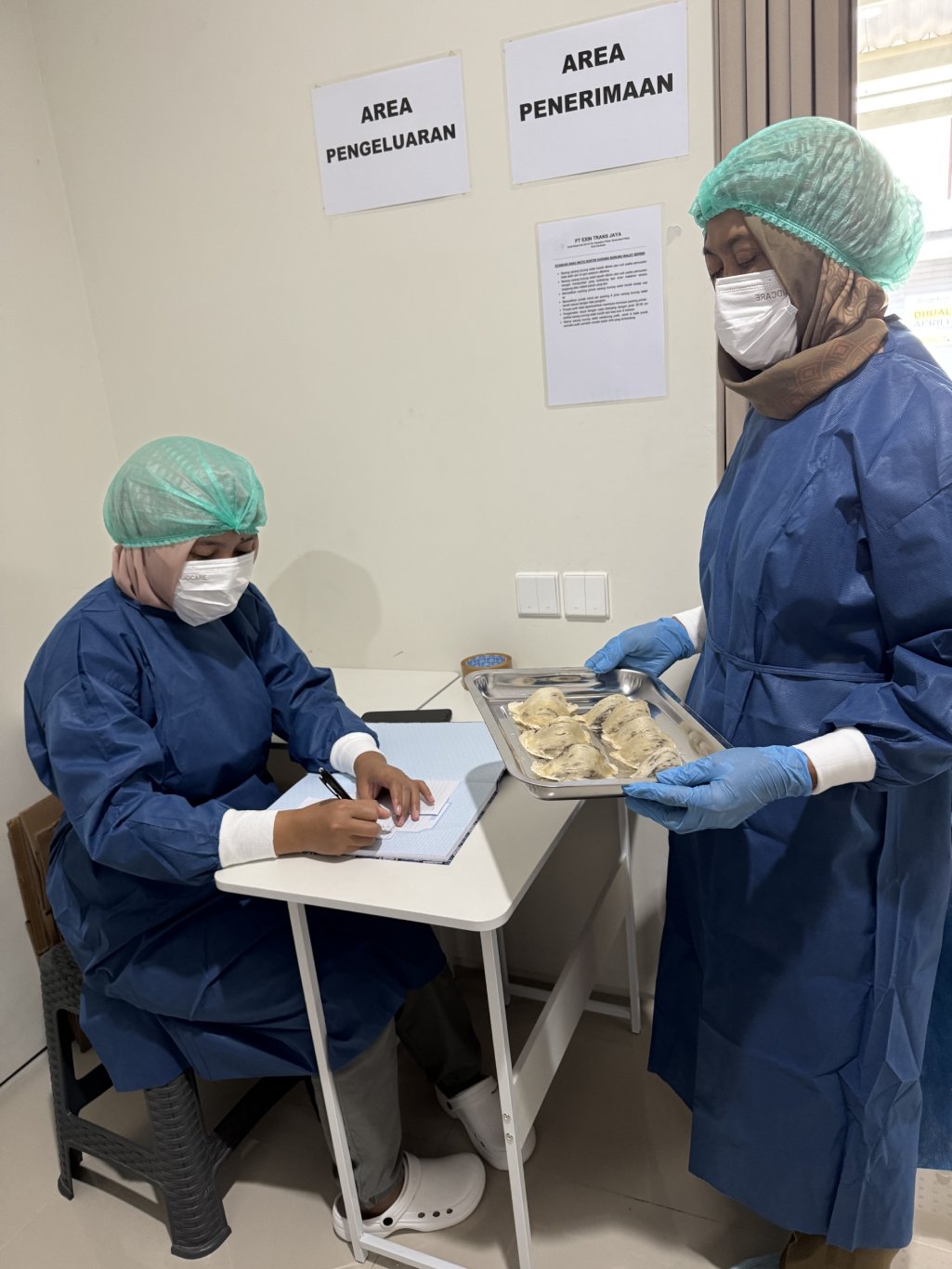
Gathering nests : Nests are carefully collected by hand to avoid damaging them.
Collectors are trained to be experienced in handling the delicate nests without
causing harm to themselves or the nests.
Sorting and cleaning : After collection, nests are sorted based on their color,
shape, thickness and size. Once organized the nests are cleaned by hand to
remove impurities such as feathers, dirt, or other debris.
Color and appearance: Bird's nests are graded based on their color,
appearance, and overall cleanliness. Nests with a light color and clean
appearance are considered higher quality than those with dark spots or impurities.
To ensure the utmost hygienic standards in cleaning, our company has obtained
the NKV Certification from the Department of Farming & Quarantine in Indonesia.
Our labs & facilities are all NKV standard and have been certified by the relevant
Indonesian governing authority. Part of the NKV standard requires all our workers
to utilize hair netting and personal protective gear before entering the cleaning
facility. Our workers then hand select feathers and impurities off the bird's nest
and clean the selected bird's nest using purified or mineral water.
Texture and shape: The texture and shape of the nests also play a role in
grading. Nests with a smooth texture and consistent shape are typically graded
higher than those with rough textures or irregular shapes.
Size and thickness: The size and thickness of the nests are important factors in
grading. Larger nests with thicker walls are often considered higher quality and
command a higher price.
Presence of feathers or impurities: Nests that are free from feathers, dirt, or
other impurities are graded higher than those with visible contaminants.
STEP 02
Cleaning Process
To ensure the utmost hygienic standards in cleaning, our company has obtained the NKV Certification from the Department of Farming & Quarantine in Indonesia. Our labs & facilities are all NKV standard and have been certified by the relevant Indonesian governing authority. Part of the NKV standard requires all our workers to utilize hair netting and personal protective gear before entering the cleaning facility. Our workers then hand select feathers and impurities off the bird's nest and clean the selected bird's nest using purified or mineral water.
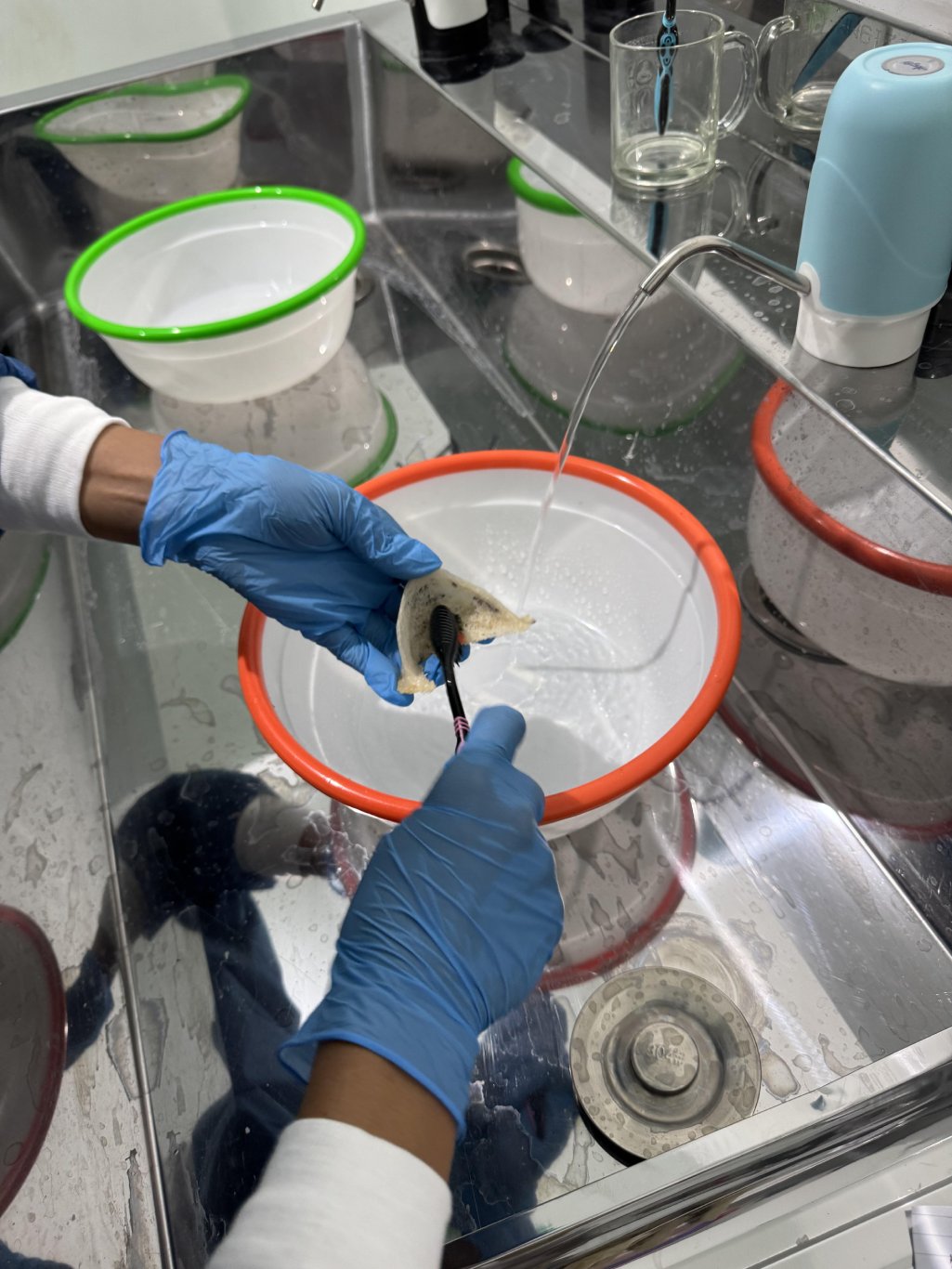
STEP 03
Shaping & Drying
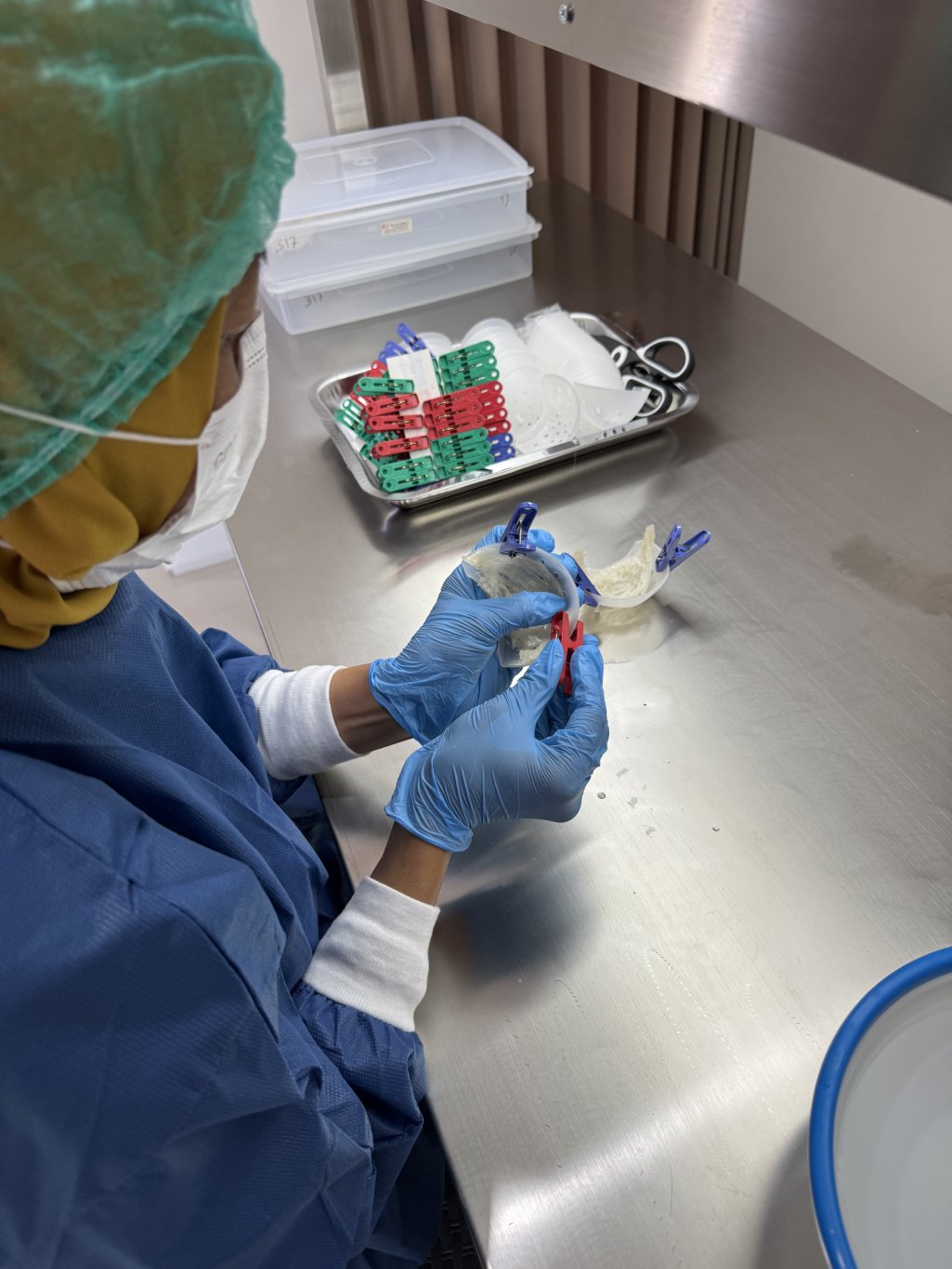
After the initial cleaning, the edible bird’s nests are carefully shaped to restore their natural form. Skilled artisans gently mold the nests to their original structure, ensuring they retain their delicate texture. Once shaped, the nests are air-dried in a controlled environment with optimal temperature and humidity to preserve their quality and nutritional value. This precise drying process ensures that each nest is perfectly preserved, ready for consumption while maintaining its integrity and natural goodness.
STEP 04
Sterilization
The sterilization process for our edible bird’s nests involves a thorough and safe method to ensure the highest level of hygiene. After cleaning and shaping, the nests are carefully steam-sterilized at controlled temperatures to eliminate any potential bacteria or contaminants, without compromising their natural quality. This gentle yet effective process guarantees that each nest is completely safe and ready for consumption, while retaining its full nutritional benefits.
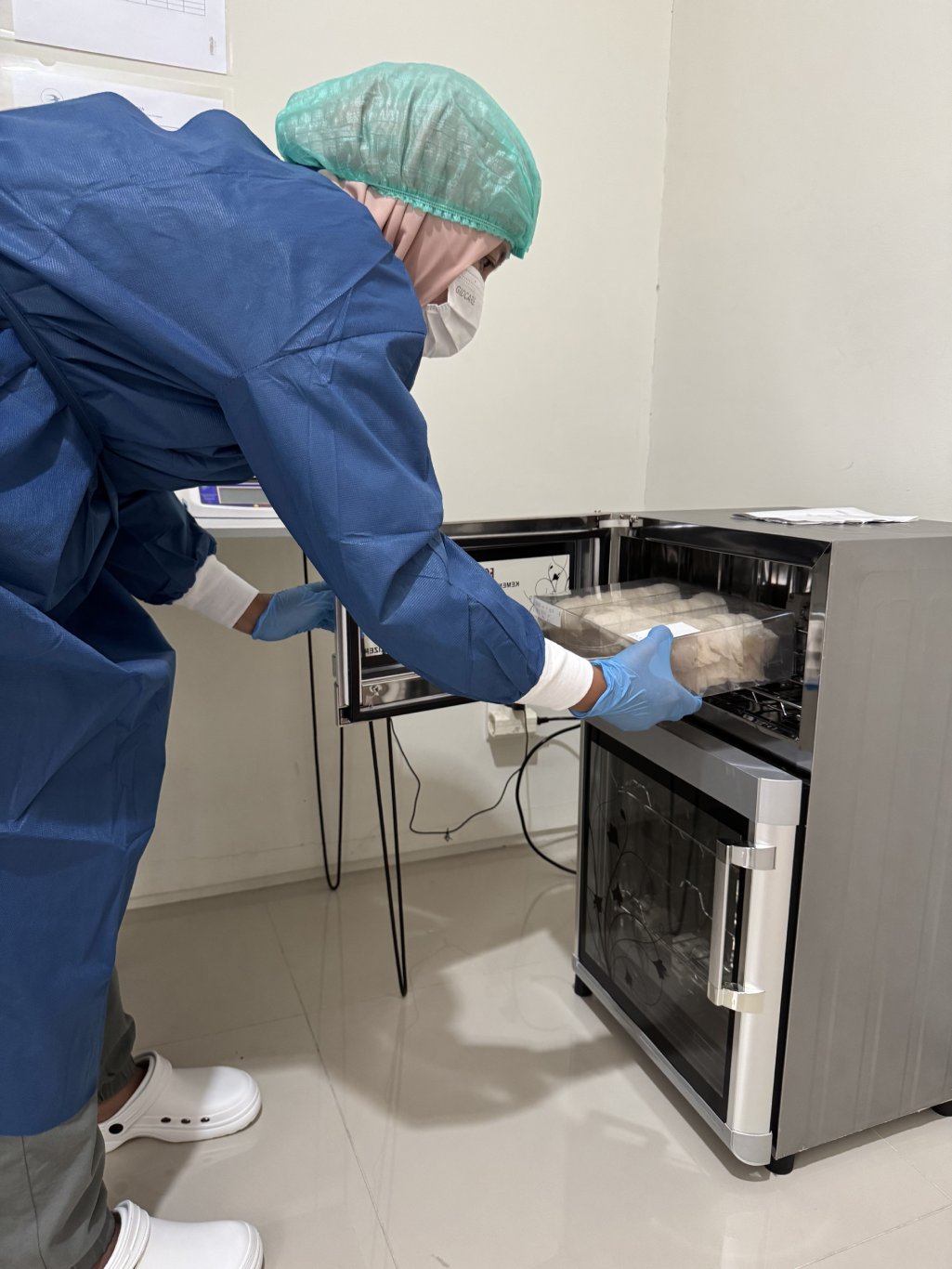
STEP 05
Weight & Packaging
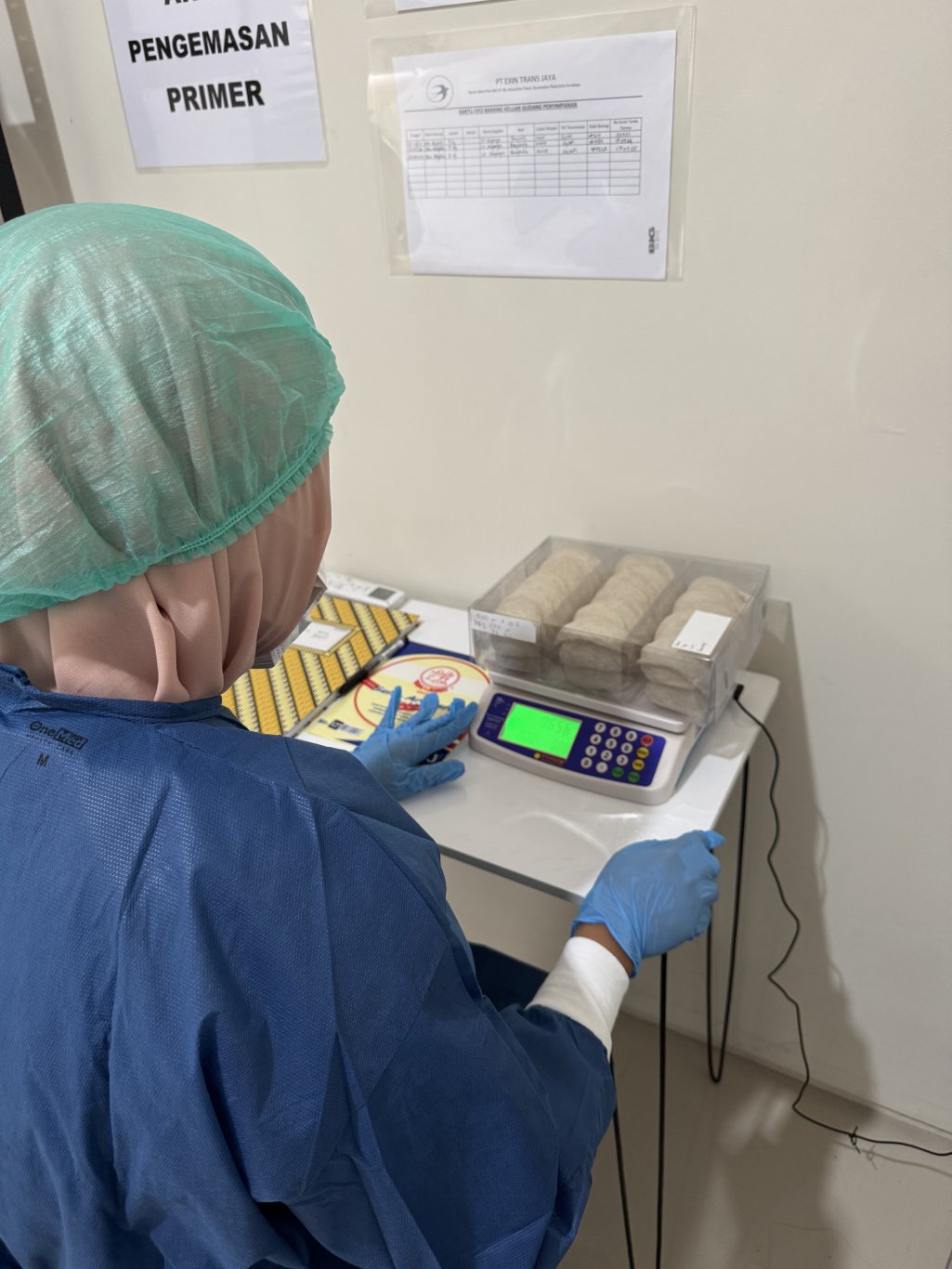
We pack our edible bird nest in 100g, 250g, 500g and 1kg packages. All packaging follows strict food safety compliance and are ensured to preserved quality during transportation and storage.
Cultivation
Golden88Nest has several swiftlet cultivation locations in Bengkulu, Kalimantan,
and will continue to expand our locations.
Our bird’s nests are sourced from pristine, eco-friendly cultivation areas in the natural caves of Sumatra and Kalimantan, Indonesia. These
regions are carefully selected for their clean, unpolluted environments, offering the ideal habitat for the swallows that produce the nests.
We prioritize sustainability and work closely with local communities to preserve these ecosystems, ensuring the birds thrive naturally while
producing premium-quality nests.
